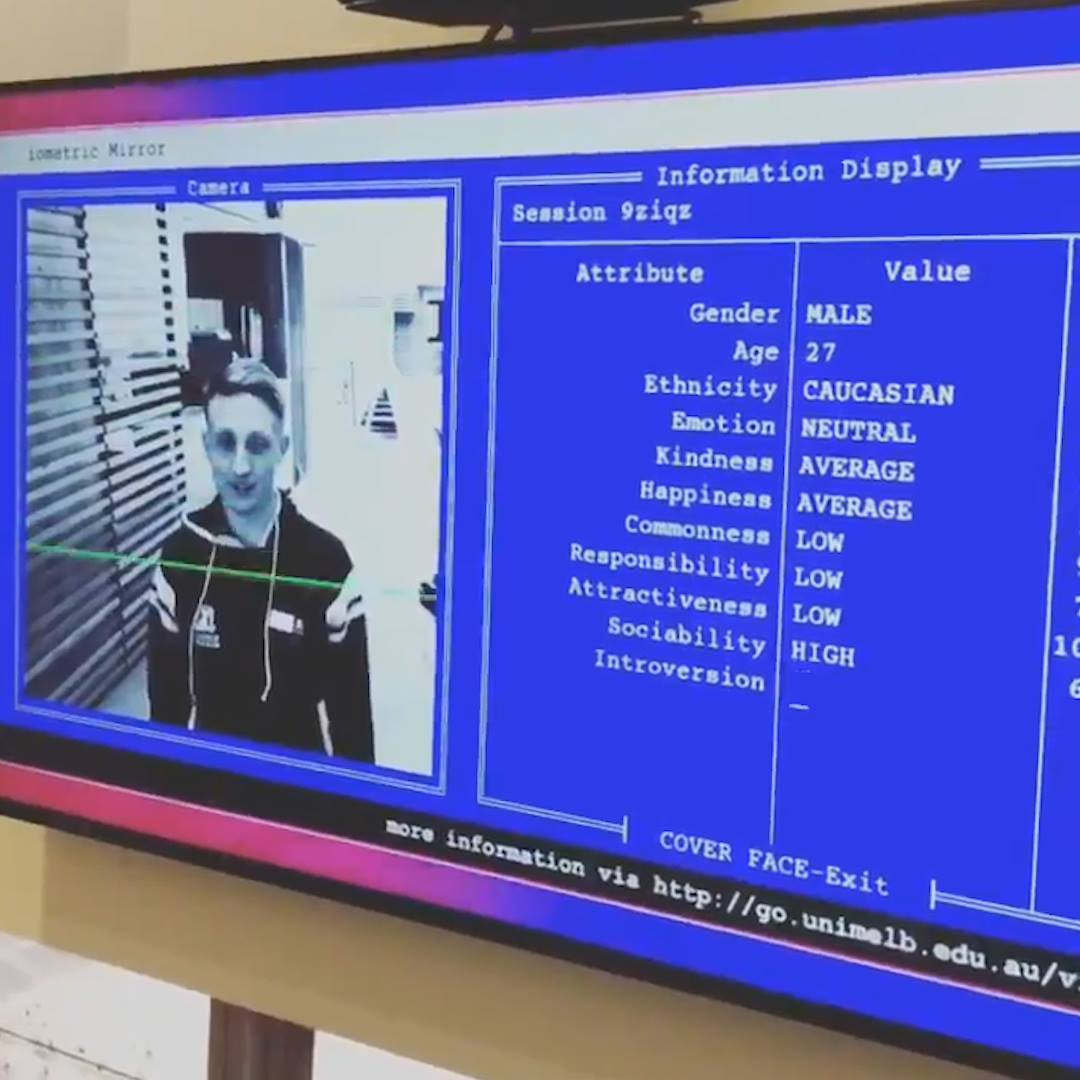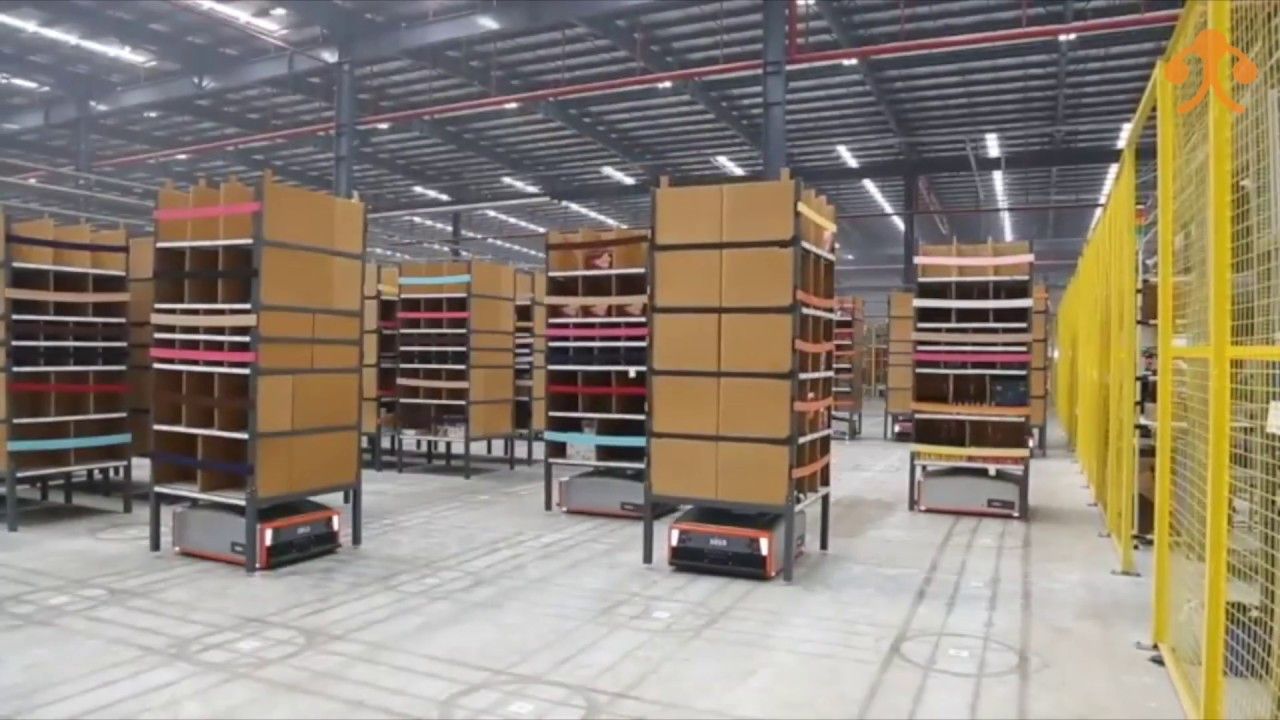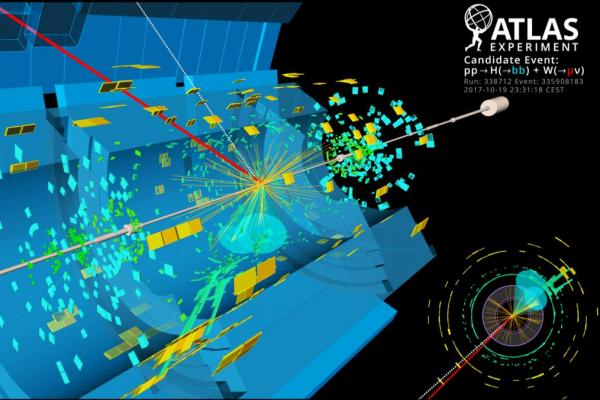Page 9793
Aug 29, 2018
Inside the United Nations’ effort to regulate autonomous killer robots
Posted by Derick Lee in categories: drones, Elon Musk, existential risks, law, military, robotics/AI

Amandeep Gill has a difficult job, though he won’t admit it himself. As chair of the United Nations’ Convention on Conventional Weapons (CCW) meetings on lethal autonomous weapons, he has the task of shepherding 125 member states through discussions on the thorny technical and ethical issue of “killer robots” — military robots that could theoretically engage targets independently. It’s a subject that has attracted a glaring media spotlight and pressure from NGOs like Campaign to Stop Killer Robots, which is backed by Tesla’s Elon Musk and Alphabet’s Mustafa Suleyman, to ban such machines outright.
Gill has to corral national delegations — diplomats, lawyers, and military personnel — as well as academics, AI entrepreneurs, industry associations, humanitarian organizations, and NGOs in order for member states to try to reach a consensus on this critical security issue.
Continue reading “Inside the United Nations’ effort to regulate autonomous killer robots” »
Aug 28, 2018
GreyOrange to expand its supply chain robotics operation in the U.S.
Posted by Genevieve Klien in category: robotics/AI
Robotics supply chain startup GreyOrange is expanding stateside, it announced today. It intends to open a new headquarters in Atlanta, Georgia and a manufacturing plant by 2019.
Aug 28, 2018
Scientists observe decay of Higgs boson particle into two bottom quarks
Posted by Genevieve Klien in category: particle physics
Aug. 28 (UPI) — Particle physicists have finally witnessed the decay of a Higgs boson particle into two bottom quarks.
Models predict Higgs boson particles decay into two bottom quarks 60 percent of the time. Bottom quarks, or b quarks, are the second heaviest of the six types of quarks.
Scientists have struggled to directly observe the predicted decay. Several types of proton-proton collisions can produce bottom quarks, making it difficult to link quarks produced by particle collisions with decaying Higgs boson particles.
Continue reading “Scientists observe decay of Higgs boson particle into two bottom quarks” »
Aug 28, 2018
Breakthrough scan can predict risk of heart attacks five years in advance
Posted by Genevieve Klien in categories: biotech/medical, innovation
A NEW scan can predict heart attack risks five years in advance.
Experts say the “game-changing” advance spots problems in one in ten patients currently getting the all-clear.
It scours ordinary CT scans to detect missed warning signs.
Continue reading “Breakthrough scan can predict risk of heart attacks five years in advance” »
Aug 28, 2018
Scientists are working to make CBD *more* effective—and they’re super close
Posted by Genevieve Klien in category: nanotechnology
A growing number of cannabis brands claim to be using nanotechnology to make their products more effective. Experts explain whether the trend is legit.
Aug 28, 2018
Startup plans “gas stations” for satellite servicing
Posted by Klaus Baldauf in categories: business, finance
WASHINGTON — A startup company planning to develop orbital propellant depots to assist satellite servicing ventures has raised an initial round of funding to support a first launch as soon as next year.
Orbit Fab, a Silicon Valley-based company with about a dozen employees, said Aug. 28 that a round of funding led by venture capital firm Bolt will enable it to demonstrate technology for fuel tanks that could be used by future satellite servicing systems.
“We differentiate ourselves from the satellite servicing operators in that we’re looking to put up just dumb tanks full of propellant, to provide that propellant where it’s needed, and we’re looking to partner with the satellite servicing operators to help improve their business models,” said Daniel Faber, chief executive of Orbit Fab, in an interview.
Continue reading “Startup plans ‘gas stations’ for satellite servicing” »
Aug 28, 2018
OpenAI’s Dota 2 defeat is still a win for artificial intelligence
Posted by Sean Cusack in categories: Elon Musk, robotics/AI

https://youtube.com/watch?v=o9jTEP0u8mg
In a best-of-three match, two teams of pro gamers overcame a squad of AI bots that were created by the Elon Musk-founded research lab OpenAI.
AI bots made by the Elon Musk-founded research lab OpenAI were defeated by human pro gamers at Dota 2 at The International. The loss was not completely unexpected, but it’s still an unusual knock back for the seemingly unstoppable march of AI. Here, we explain what the matches really meant.
Continue reading “OpenAI’s Dota 2 defeat is still a win for artificial intelligence” »
Aug 28, 2018
Intel’s latest 8th-Gen Core processors focus on improving Wi-Fi speeds
Posted by Genevieve Klien in categories: computing, internet
At IFA 2018, Intel showed off the latest members of its 8th-Gen processor family: the Y-series Amber Lake chips and U-series Whiskey Lake models. Both lines are focused on improving internet speeds with integrated gigabit Wi-Fi.
















